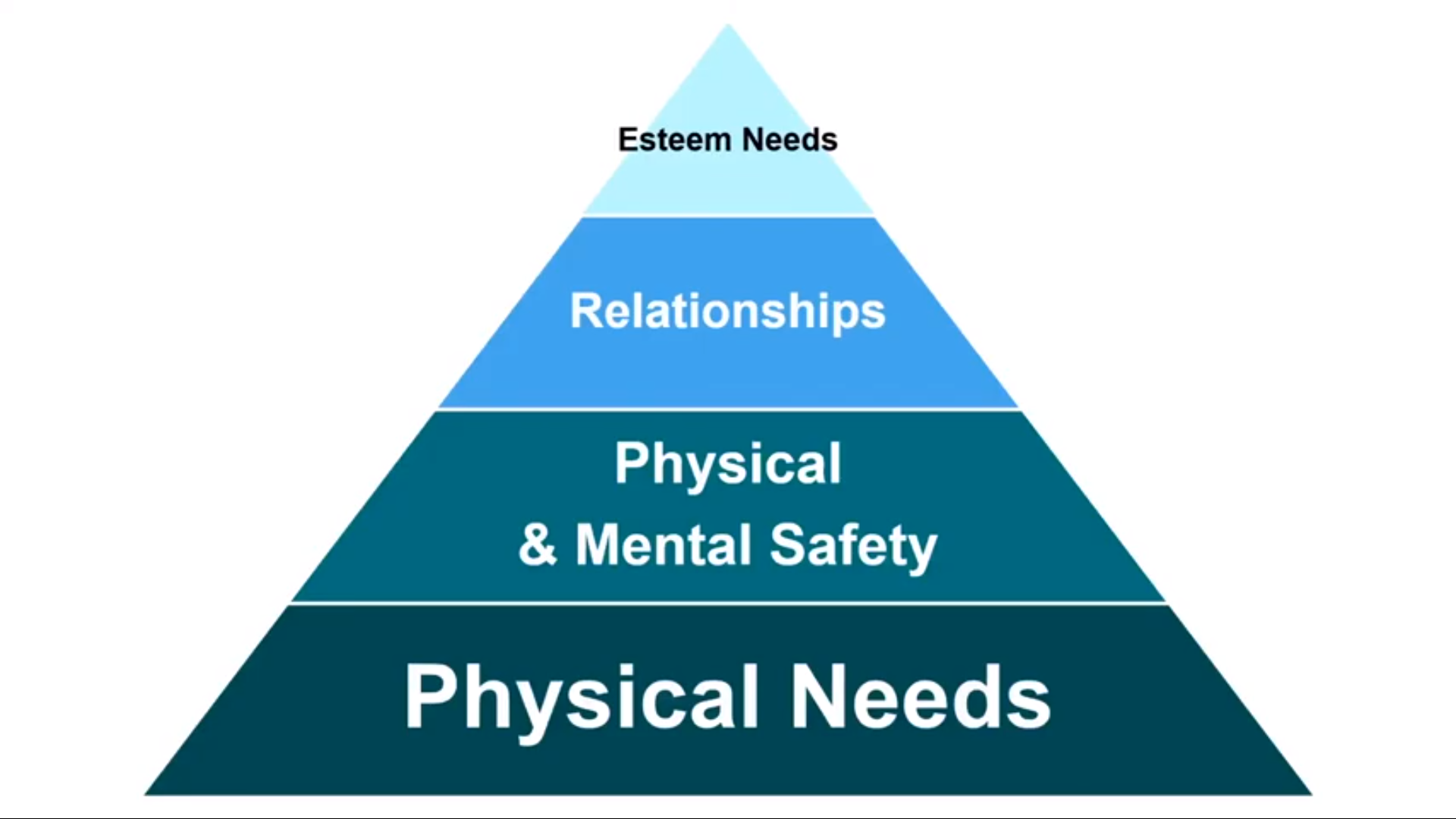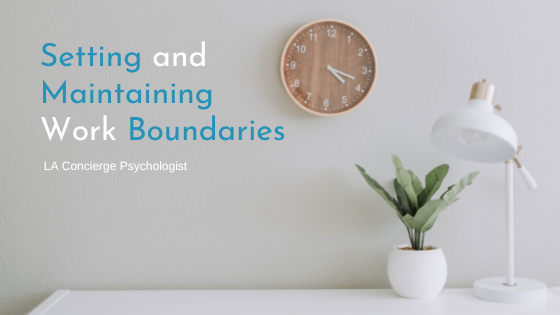This blog post, the first in a two-part series, describes why self-care is important for busy professionals and how to fit foundational self-care activities into a busy schedule. Read Part 2 for more self-care examples and advanced techniques.
Burnout is pervasive among working people. Doctors, lawyers, and other busy professionals are particularly at risk. For many people working in high-stakes fields, self-care often falls to the bottom of the to-do list.
Our professional clients tend to be hard-working, goal-oriented people who don’t fully appreciate why self-care is important. They don’t realize that the physical and mental health problems they’re experiencing—including fatigue, sleep disruptions, depression, and anxiety[i]—are magnified by their lack of self-care and the accumulation of years of self-neglect.
Often, it isn’t until our clients experience significant real-life consequences that they become open to the idea of self-care. Even those who are willing to prioritize self-care often wonder how they’ll be able to fit it into their packed schedules.
Self-care is accessible to everyone
There are many misconceptions about what self-care looks like. When we ask our executive clients, “What is self-care?” they often cite things like long vacations, rigid exercise regimens, or high-end spa treatments. While these activities might be within reach for some people, they seem intimidating and out-of-reach for others. Fortunately, self-care doesn’t have to be time-consuming or expensive.
Even if you’re a busy professional, you can still incorporate “micro” elements of self-care into your life. For example, maybe you can’t set aside two weeks for a tropical vacation. But, can you set aside 15 minutes this weekend to make yourself a gourmet tropical smoothie? Likewise, maybe it’s not feasible for you to join that elite gym across town, but would it be possible to take a short walk around your building every day after lunch?
Incorporating self-care into day-to-day tasks is accessible for most people because it is time-efficient. Another benefit of this micro approach to self-care is that it can help you create a life for yourself that you don’t feel the need to escape from.
Defining self-care in your own life
If it doesn’t have to include exotic vacations or spa days, what does self-care actually look like? There are many different ways to conceptualize self-care, but our favorite framework is the self-care pyramid. It is similar to Maslow’s hierarchy of needs in the sense that you are supposed to focus on the bottom of the pyramid before working your way higher.
The self-care pyramid
Physical needs
As you can see in the image above, the foundation of the self-care pyramid is physical needs. Physical needs include big things like nutrition, sleep, and exercise. They also include little things that aren’t typically given much attention, such as room temperature and bodily comfort. Until you’ve addressed your physical health and comfort, there’s no use bothering with the higher-order categories on the pyramid.
In our experience as executive coaches, physical needs are very person-dependent. For example, one person might be energized by a daily stroll, while another might require a five-mile run to feel satisfied. Likewise, while some people function well on six hours of sleep, you might need closer to eight or nine. The important thing is to listen to your body and trust what it is telling you.
Bodily comfort is also highly individual. For example, while your colleagues might not be bothered by a 65-degree office temperature, you might be so uncomfortably cold that you can’t function. (If this sounds familiar, bringing a sweater to work could be a form of self-care for you.)
Pay attention to how you feel both at home and work. Does that work chair hurt your back? Get yourself a new, more ergonomic place to sit. Do your work clothes itch or pinch? Switch them out for a wardrobe that is softer and more stretchy. Is it too hot at night for you to sleep or too cold in the morning to get moving? Set your thermostat to adjust the temperature based on the time of day.
Keep in mind that physical self-care isn’t just about resting (although that is an essential part). Spending too much time lying in bed watching Netflix can actually increase your fatigue and lethargy in the long run, especially if you’ve been feeling isolated or depressed. That’s why it’s so essential to incorporate energizing activities into your schedule, such as hobbies, social gatherings, and playtime with children or pets.
Physical needs are the most important, but they are also the most commonly neglected. They are so basic that people tend to forget about them. Don’t let this happen to you! Set boundaries that protect your physical well-being and don’t compromise. By addressing this foundational aspect of self-care, you can fend off illness, burnout, and fatigue.
Incorporating physical self-care
Shifting your mindset around self-care is the first step toward incorporating it into your life. Many people question whether self-care is important, but it isn’t a luxury—it’s a necessity. While it may not feel productive, we can assure you that it is sometimes the most productive thing you can do. By investing in yourself now, you’ll be able to avoid mistakes, prevent health-related setbacks, and give your best self to your job, family, and other endeavors.
Once you’ve convinced yourself to prioritize self-care, focus on the bottom of the self-care pyramid and ask yourself, “Where is the low-hanging fruit?” Are there areas where a small amount of effort could make a big difference? For example, perhaps you’re in the habit of eating takeout for lunch that makes you feel bloated and tired afterward. By investing just five minutes in online research, you could find a healthier takeout option to ensure you are always at your best in the afternoons.
Brainstorm self-care solutions that work for you and your current situation. For example, if you have a long commute, there might be something energizing you can do during that time, such as listening to a favorite book or motivational podcast. If you’re working from home with children, your self-care solutions might include things like buying frozen meals to make it easier to feed your family.
If professional obligations are your primary focus right now, your self-care activities might be work-related, such as blocking off an hour each day as “busy” on your calendar. Saying “no” to back-to-back appointments and pointless meetings can be a powerful form of self-care, even if you still have to spend that time on work-related tasks.
In all likelihood, you will need to schedule some of your self-care activities. Otherwise, you may find that you never quite get around to them. Another strategy that can help you squeeze self-care into your schedule is to take advantage of “time cracks” between activities. For example, rather than using that three-minute window between appointments to check emails, walk to the water cooler or stand up and stretch, instead.
Prioritize Your Self-Care
If you find that you’re getting burnt out frequently, you may need support in prioritizing your self-care. With the help of an executive coach, you can brainstorm examples of self-care that actually fit your lifestyle. Book a free 20 minute consultation call with Dr. Barajas to see how she can help you.




